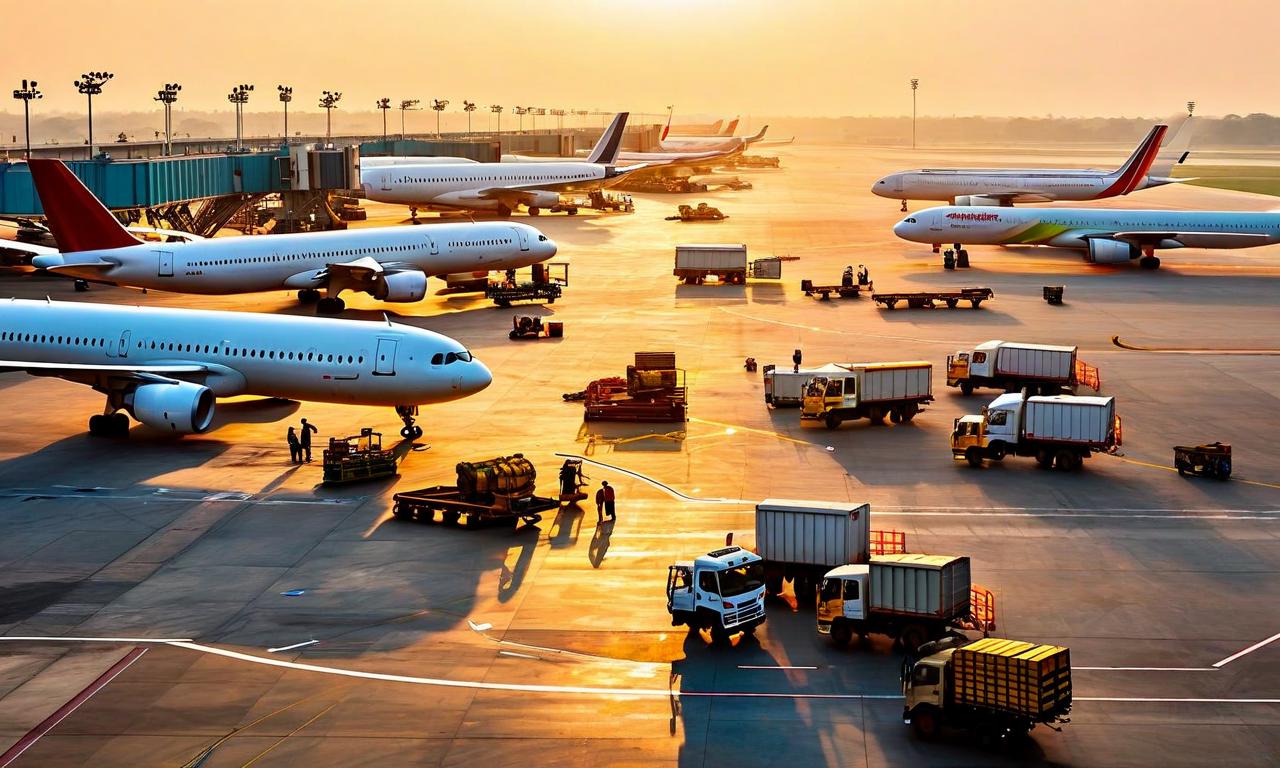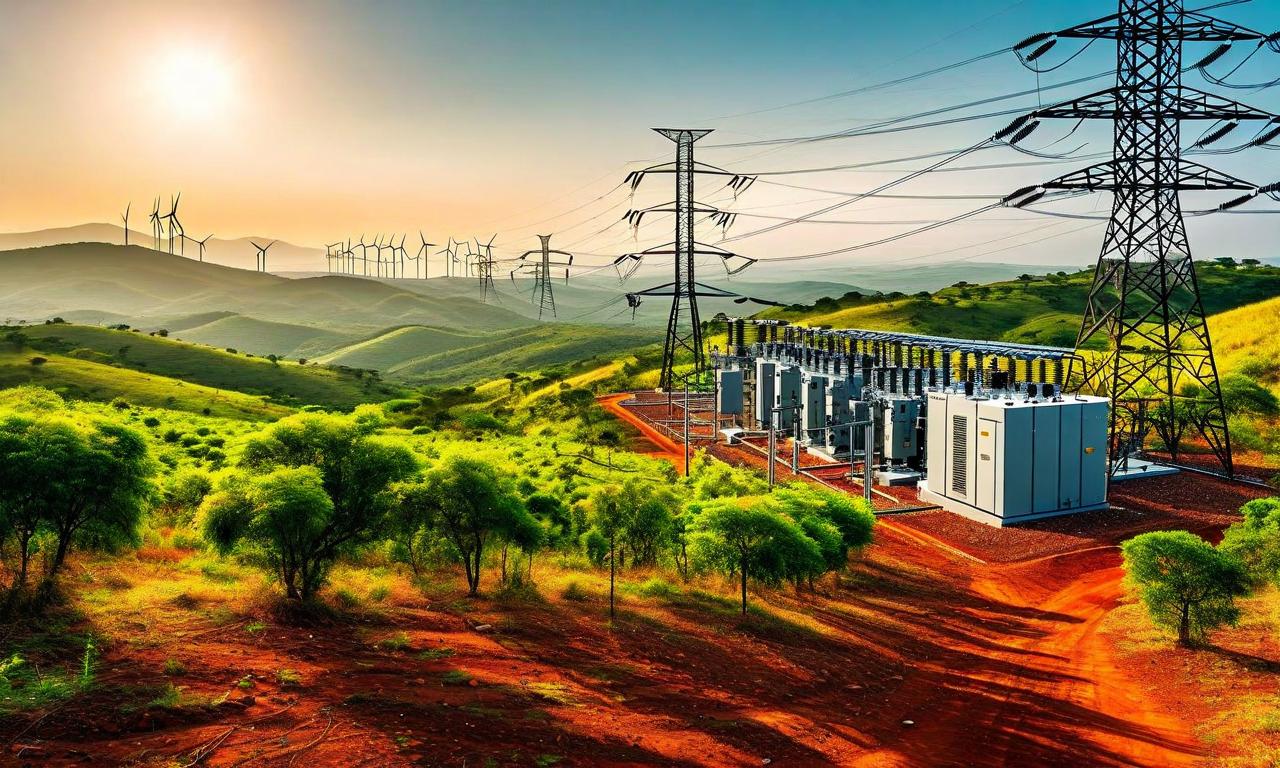India-China Relations: A Year of Cautious Thaw Amid Occasional Tensions
India and China have made significant strides in normalizing relations over the past year. Key developments include Modi-Xi bilateral talks at the BRICS Summit, China lifting curbs on rare earth magnet exports to India, relaxation of visa rules for Chinese technicians by India, and agreement to resume direct air services. Economic initiatives and travel easements have been implemented, including China issuing 85,000 visas to Indians. However, challenges persist, such as tensions over China's alleged aid to Pakistan during a border standoff with India and concerns over technology transfer. Jefferies suggests the improving relationship could benefit India's electronics production and supply chains.

*this image is generated using AI for illustrative purposes only.
India and China have been navigating a complex path towards normalizing relations over the past year, marked by diplomatic and economic initiatives, interspersed with occasional setbacks. This delicate dance of diplomacy has seen both nations take significant steps to ease tensions and foster cooperation, while also grappling with lingering trust issues.
Diplomatic Milestones
A major breakthrough came when Prime Minister Narendra Modi and President Xi Jinping held their first bilateral talks in five years on the sidelines of the BRICS Summit. This high-level engagement signaled a willingness from both sides to re-establish direct communication at the highest levels of government.
Building on this momentum, Chinese Foreign Minister Wang Yi's visit to India further solidified diplomatic progress. During this visit, China made a notable concession by lifting curbs on rare earth magnet exports to India, a move that could have significant implications for India's electronics and high-tech manufacturing sectors.
Economic and Travel Initiatives
The past year has seen several initiatives aimed at boosting economic ties and easing travel restrictions:
- India relaxed visa rules for Chinese technicians, facilitating smoother business operations for Chinese companies in India.
- An agreement to resume direct air services between the two countries after a five-year hiatus was reached, with flights set to commence soon.
- The resumption of the Kailash Sarovar Manas Yatra was a positive step for cultural and religious exchanges.
- China's issuance of 85,000 visas to Indians within a few months demonstrated a reciprocal easing of travel restrictions.
Challenges and Setbacks
Despite these positive developments, the relationship faced some hurdles:
- Tensions flared when China allegedly provided radar and satellite aid to Pakistan during a border standoff with India.
- Concerns over technology transfer led Foxconn to recall 300 Chinese engineers from India, highlighting the sensitive nature of tech collaborations between the two countries.
Economic Implications
According to Jefferies, the improving India-China relationship could have significant economic benefits:
- Potential for India to ramp up its electronics production
- Improved supply chains for fertilizers and rare earth materials
- Enhanced trade opportunities with the resumption of direct flights
Looking Ahead
While progress has been made, the India-China relationship remains complex and requires continued diplomatic efforts. The resumption of direct flights and the easing of visa restrictions are positive signs, but issues such as border disputes and technology transfer concerns continue to require careful navigation.
As both nations work towards normalizing relations, the coming months will be crucial in determining whether this cautious thaw can develop into a more stable and mutually beneficial relationship.

























